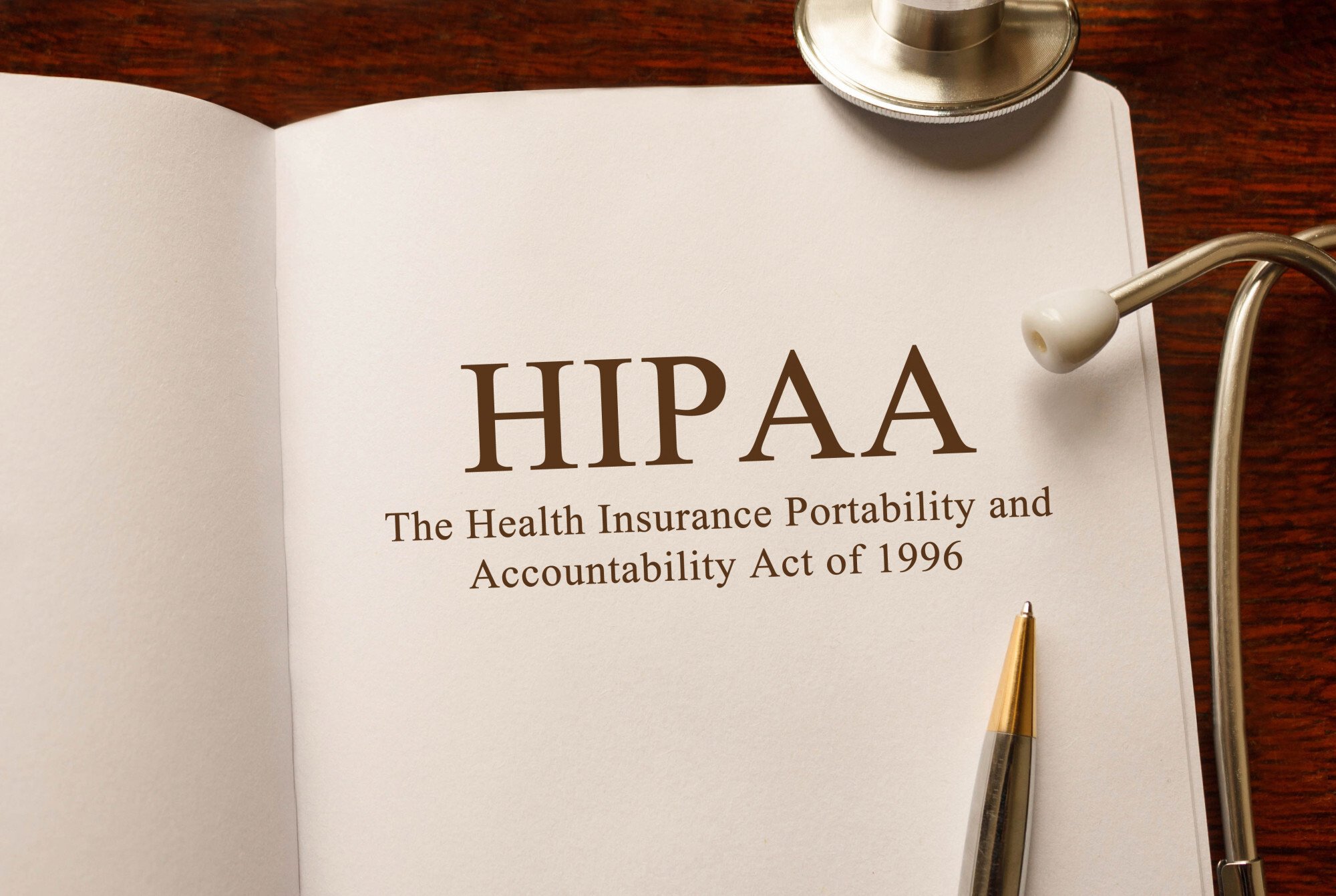
The term "Risk Assessment" is often used in a generic sense, to refer to any type of analysis that identifies and assesses the likelihood of an event or occurrence occurring. A more specific example of this kind of analysis is performed when an executive makes a risk assessment of a company's business future. Such assessments are typically undertaken in order to better understand and manage business risks, and to determine their severity. In many ways, risk assessment is similar to the process of creating a security plan for a company-the latter involves identifying vulnerabilities and protecting the company against external threats, while the former focuses more on the internal risks faced by the organization.
There are a variety of different types of risk assessment services available today. Managers can utilize a wide range of approaches to evaluate the risks that face an organization. A full-service IT risk management company may conduct a comprehensive scan of the network, looking for any of a number of potential issues. A qualified computer-risk management firms such as the HIPAA Security Suite can provide assistance in identifying the most pressing threats to a company's data, systems, and applications, and recommend solutions.
Many firms offer IT risk management services for a fee, but many are also capable of providing a more comprehensive solution. Some specialize in only software and hardware, while others focus on a full range of solutions, including networks, storage, networks, servers, and the like. Many also offer other specialized services, including data loss prevention and data security. Others can help with the creation of a compliance policy, training courses, and the like. More specialized risk management companies may provide support for government programs and agencies, and work with regulatory agencies.
The continuing evaluation of a company's safety program is often a top priority. The ability to keep up with such regulations is key to avoiding fines and penalties and the costs and complications that come with them. An IT risk assessment service can help an organization continue evaluating loss prevention options and provide advice to managers and supervisors. An effective program can prevent hundreds or thousands of dollars in damage or intrusion, even when an employee is unaware of the breach. Companies that can't afford to replace all of their computers can take steps to minimize their impact by creating a plan for managing the network, installing antivirus software, and testing their systems regularly. You can read more about these services.
An organization can avoid spending thousands in fines by contracting with a reputable, experienced, and knowledgeable IT risk management firm. It can also avoid losing thousands in potential revenue and business by keeping abreast of government and industry regulations. The right firm can help companies stay ahead of the curve by helping them implement recommended procedures and solutions and educating them about what new technologies and methods are currently available. When paired with an experienced and innovative administrator, an experienced firm can create a comprehensive and proactive cyber security plan, allowing businesses to stay one step ahead of the ever-changing threats to their computer networks.
There are many reasons why organizations need to contract with an IT risk assessment service. These services are essential for reducing the cost of defending their businesses from hackers, providing information about network vulnerabilities, and more. Using a reliable, trustworthy, and well-educated cyber security firm can allow companies to thrive without worrying about cyber risks or the fines that go with them. Read more content related to this article here: https://www.encyclopedia.com/social-sciences-and-law/economics-business-and-labor/businesses-and-occupations/risk-management.


